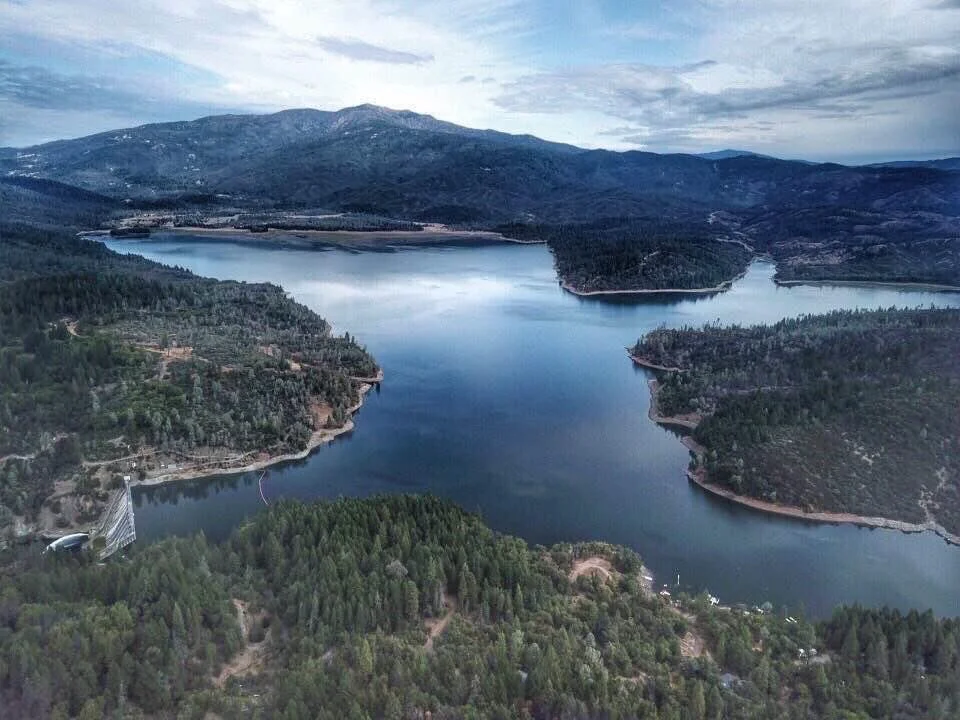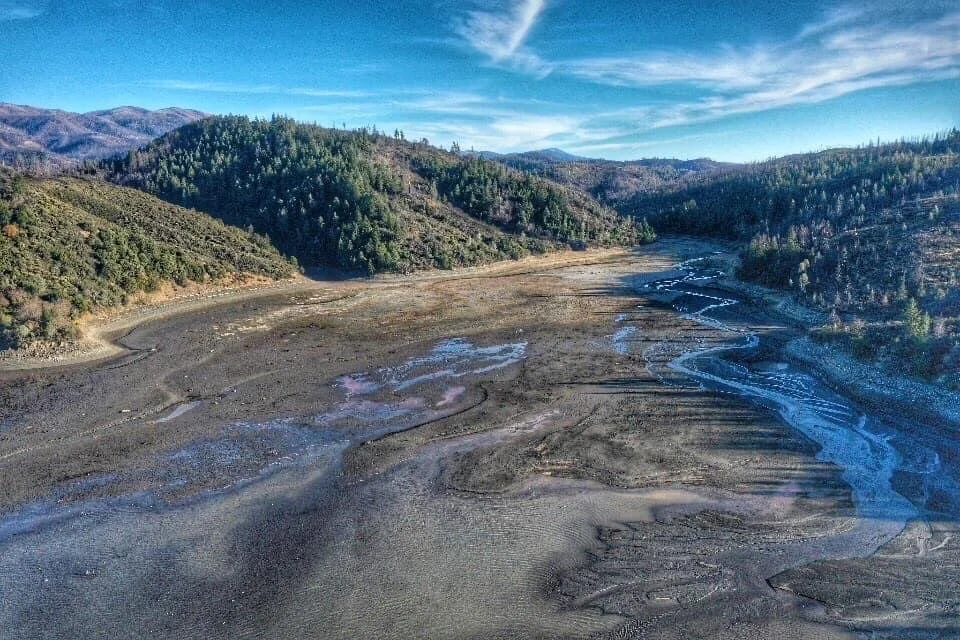“PG&E’s decommissioning plan is inadequate, non-compliant with federal law, and dismissive of community and environmental consequences. We urge the Commission and cooperating agencies to reject the plan in its current form and facilitate a transparent, science-driven process that includes robust stakeholder consultation.”
PG&E Submits Plan to Tear down Potter Valley Project
“At the heart of it all: the dismantling of Scott and Cape Horn dams — a decision PG&E says is driven by seismic risks, aging infrastructure, and economic loss, but which critics have called an “irresponsible gamble” with Northern California’s water supply and fire protection systems.”
PG&E admits PVP dam removal will adversely impact the Russian River
SFGATE
Matt LaFever - May 29, 2025
“PG&E admits tearing down the Potter Valley Project could rattle the Russian River watershed. In its draft plan, the utility warns of “unavoidable adverse impacts” to water reliability, farming and recreation once diversions stop flowing into the east branch.”
AMERICANS LAST: The environmental lawsuits and government water cuts that led to planned Potter Valley dams removal
UNWON - Keely Covello
May 16,2025
“The real story of backroom deals, bureaucratic red tape, and NGO muscle set to disenfranchise 600,000 water users in California's North Coast.”
May 28 town hall to discuss Lake Pillsbury, Potter Valley Project dams
Lake County News - Elizabeth Larsen
May 19, 2025
The Lake County Chamber of Commerce will host the town hall from 5:30 to 7:30 p.m. Wednesday, May 28, at the Soper Reese Theater, 275 S. Main St., Lakeport.
Everyone concerned about the future of Lake Pillsbury and the decommissioning of the dams — from residents to business owners — is encouraged to attend.
Northern California dam removals stay on track....
Press Democrat - Amie Windsor
April 29, 2025
“Federal government intervention is seen as a last resort for residents who oppose the proposed decommissioning and new water diversion facility to be built as Scott and Cape Horn dams are to be torn down.”
Lake County Asks Federal Agencies to Intervene on Potter Valley Project
“Decommissioning of the dam would put regional agriculture, fire protection, water availability, and our tourism economy at great risk.”
Lake, Mendocino, Sonoma & Marin Farm Bureaus Write Federal Agencies to Save PVP
“We ask the Trump Administration to intervene and prevent FERC from approving PG&E’s
decommissioning plan until a long-term solution is secured. We urge the Bureau of
Reclamation to assume ownership and responsibility for the PVP.”
Photo credit-Mike Nelson










